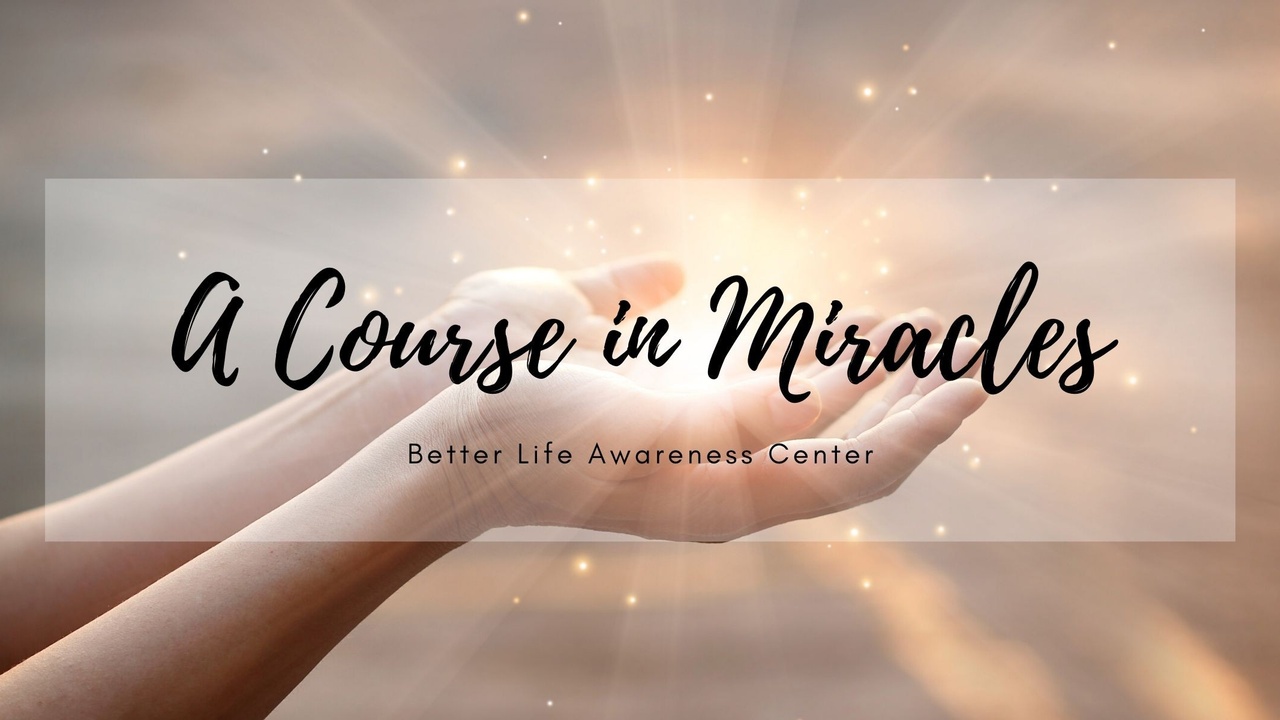
Podcasts are web-based media files (audio, video or even text-based) that a user can download from the internet onto a computer or music player. a course in miracles is different from media streaming in that it needs special software (example: iTunes) to be run/played. This software (also called pod catcher or media aggregator) works on retrieving readily available media files only after the user has subscribed to a Podcast. Podcasts are similar to magazine subscriptions in that they allow the user to receive updates all the way to his computer or iPhone. The update in a Podcast can be done manually or can be done automatically after a new episode is available depending on the setting the user has selected. Moreover, Podcasts are completely charge-free! Almost anyone could build a Podcast and make it available online. All that is needed to publish a Podcast is an account, a computer, a microphone, and an interest the user would like to share with other users over the internet. Two examples of Podcasts are radio shows and talk shows.
With its popularity increasing by the day, thousands of Podcasts are made available to users from all over the world. Podcasting has grown to be a very powerful tool to the extent that many musicians and artists have given permission to Podcasters to use their music or work on their Podcasts. Music, videos, or other media material would spread virally, especially on popular Podcasts.
Going more in depth into iTunes’s (the most popular in Podcasts) functionalities, the iTunes Music Store makes thousands of Podcasts available to its users for immediate, free access. In order to download those Podcasts, the user is required to select “Podcasts”from the iTunes left-hand column. Before deciding on the subscription, users can preview a Podcast in the Music Store through simply double-clicking on the episode of interest. If the user approves of the selection made, he can simply press the button “Subscribe” which is usually located at the bottom of the Podcasts page. Once the subscription to a Podcast happens successfully, iTunes now automatically checks the newly available episodes during specific time intervals. This update action may have the number of available episodes grow out of control, thus the user may subscribe to Podcasts that update once per day, for example, or more often than once per day.
To choose the updating intervals, the user clicks on Podcast preferences and edits the rate at which iTunes checks for new readily available Podcasts; the rate may be adjusted to hourly, daily, and so on. Podcasts, taking into consideration the fact that they occupy a lot of disk space (from the computer or iPod space), may be kept in the library for as long or as short of a period, according the user’s preferences. While the user browses Podcasts he has downloaded, he will come across a “Settings” button. After selecting this button, iTunes will take the user right to the Podcasts tab. From there, a “Keep” dropdown menu appears allowing the user to decide exactly how long to keep Podcasts, thus helping the user organize his library.
Also, at times, the user may find the Podcast number growing to an extent that he can no longer handle. Therefore, the user may choose to unsubscribe from certain Podcasts. Unsubscribing from a Podcast is easy. The user is only required to click the “Unsubscribe” button after highlighting the Podcast that is no longer in his interest. Moreover, the deletion of all related files to a specific Podcast is also possible through simply pressing the “Delete” key after selecting the Podcast.